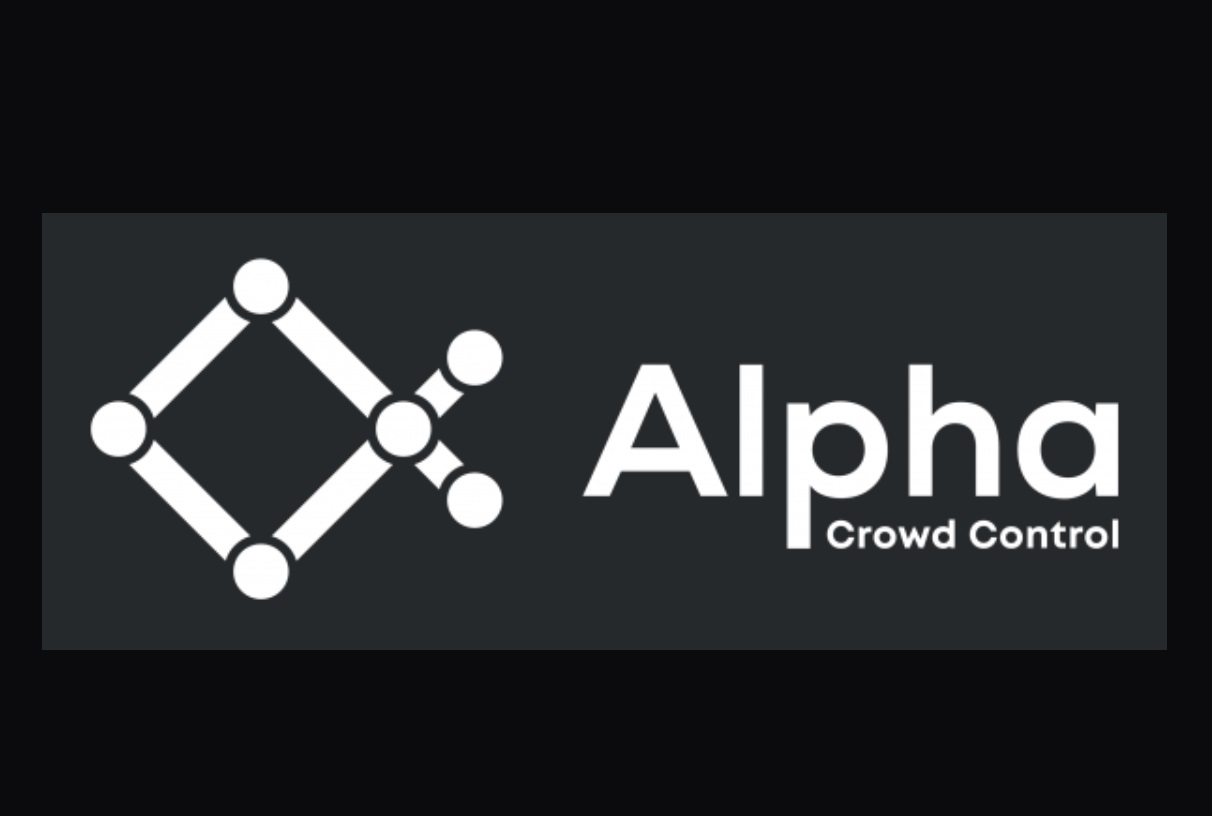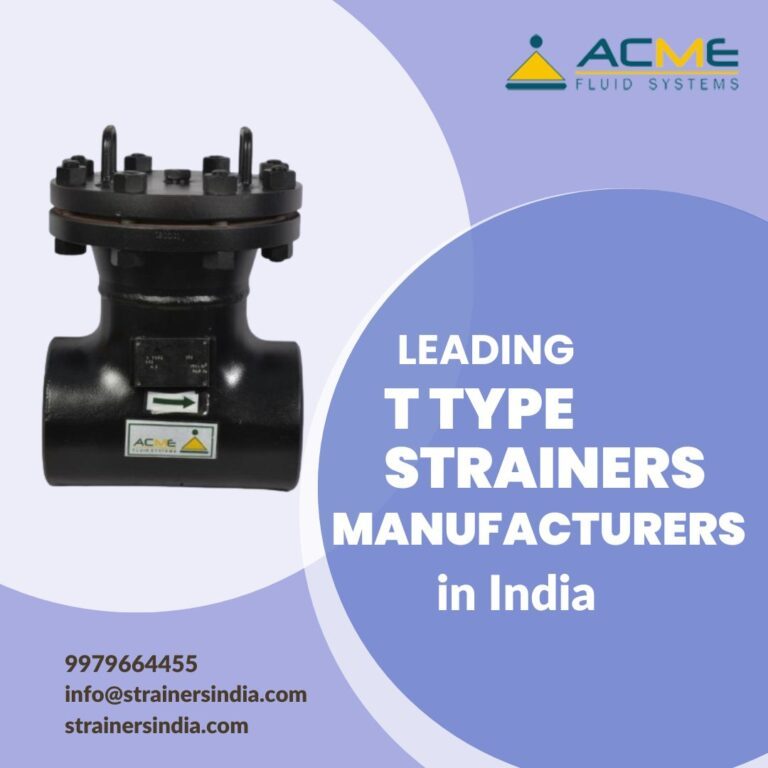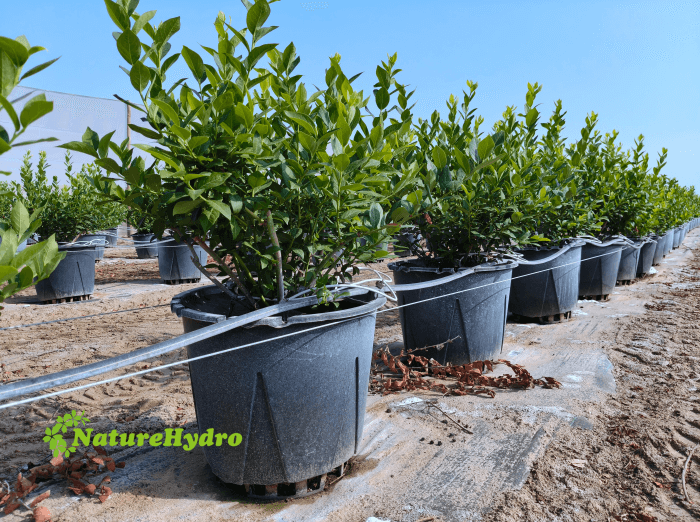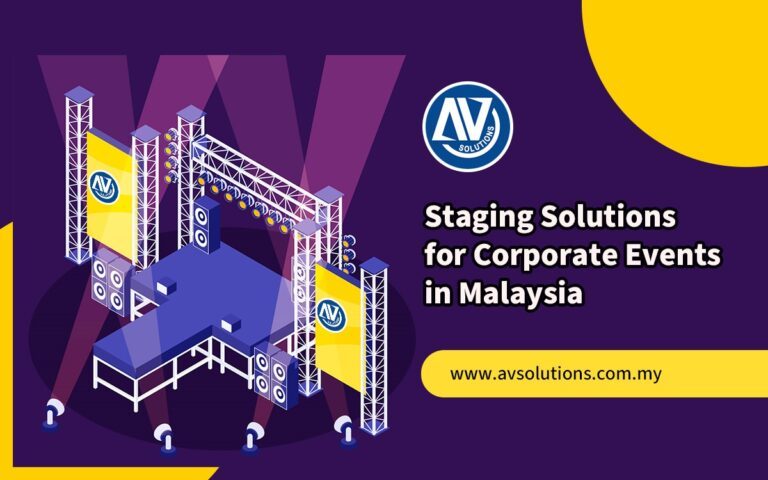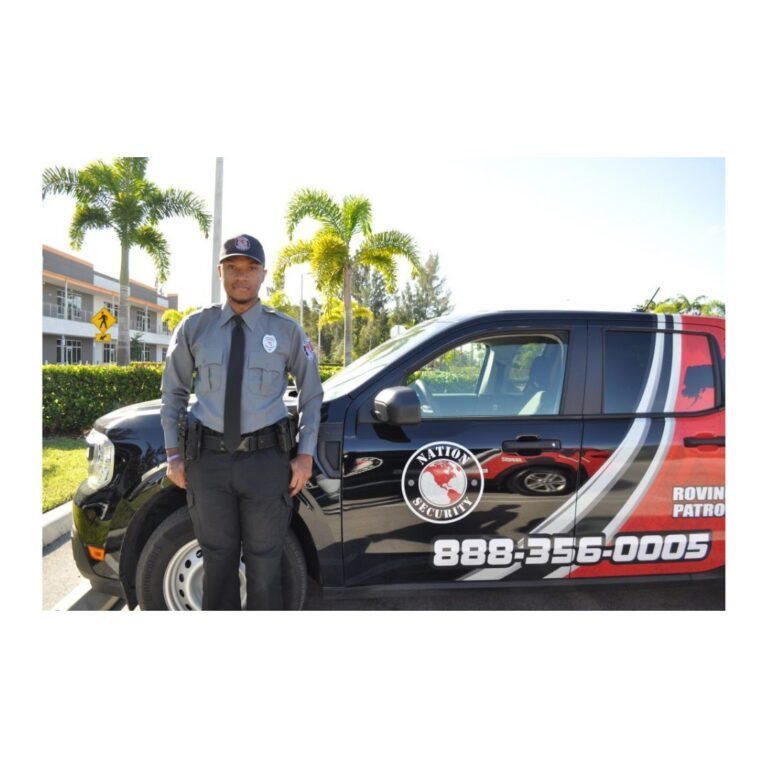For a lot of Australian migrants, the worst of having to begin again is that they have to leave their parents behind. Forgetting one’s birthday, family occasions, or even the mundane routine of loved ones is a heavy heart. Fortunately, there is an avenue for families to reunite in the Parent Visa 103 courtesy of the Australian Government.
This visa enables eligible parents of Australian citizens, permanent residents, or eligible New Zealand citizens to reside permanently in Australia. It is a Family Stream migration program visa and is meant to reunite families in a stable, long-term manner.
Let’s demystify all you need to know about Parent Visa Subclass 103—eligibility, benefits, conditions, and most importantly, the much-debated parent visa 103 processing time.
Parent Visa 103: What Is It?
The Parent Visa Subclass 103 is a permanent visa that allows parents of permanent residents, settled citizens of Australia, or eligible citizens of New Zealand to immigrate to Australia. It grants the holder the ability to apply for citizenship, obtain access to medical benefits, remain in Australia permanently, and, finally, sponsor additional family members.
This visa is classified as non-contributory, which means that government fees are typically lower than those of some temporary or contributory visas. A much longer waiting period is the trade-off, though, and we’ll talk about that soon.
Who Can Apply for Parent Visa 103?
To be eligible for the Parent Visa 103, applicants must meet certain criteria:
Be Sponsored – This is usually the child living in Australia as a citizen, permanent resident, or eligible New Zealand citizen.
Pass the Balance of Family Test – Half of the applicant’s children need to live permanently in Australia, or more children need to live in Australia than in any other single country.
Meet Health and Character Requirements – Similar to all Australian visas, applicants must undergo a health check and present police clearance certificates.
Be Outside Australia When Applying – In contrast to some parent visas, this visa must be applied for and must be the case when the visa is granted while the applicant is outside Australia.
Key Features of the Visa
- Permanent Residency: Provides permanent residency on the grant of the visa.
- Work and Study Rights: The holder of the visa has the right to work and study in Australia.
- Access to Healthcare: Right to use Australia’s public healthcare, Medicare.
- Pathway to Citizenship: Visa holders become eligible to be granted Australian citizenship after the satisfaction of residence requirements.
- Sponsorship for Family: The holder of the visa can sponsor other family members who are eligible to migrate to Australia after they have held it.
The Reality of Parent Visa 103 Processing Time
This is the one where the majority of the applicants—and their families—suffer the worst: parent visa 103 processing time.
Since it’s a capped visa with very few placements each year, the wait can be rightfully astronomical. Up to the latest figures made public by the Department of Home Affairs, processing the Parent Visa 103 takes substantially more than 30 years. Yes, you’ve read that right—30+ years.
Why is it so long? It is a demand and quota case. The Australian Government only offers a finite number of spots for this visa category each year, and they deal with the applications in sequence. As a result of this backlog, many families look at other options like contributory visas (which cost more but are processed faster).
However, for others who are not time-poor or do not have access to the contributory, the Parent Visa Subclass 103 remains an alternative to permanent residence though with more extended processing times.
Cost of Applying
One of the more pleasant aspects of the Parent Visa 103 is the relatively low government application fee. Currently, the standard application fee is approximately AUD 4,990 for the primary applicant, with additional for secondary applicants (e.g., a spouse). This is significantly less than the Contributory Parent Visa (Subclass 143) and its possible cost of up to AUD 47,000.
Families must still include:
- Medical tests
- Police certificates
- Translation services (if required)
- Agent or lawyer fees (if using one)
Advantages and Disadvantages
Advantages:
- Inexpensive government fee compared to contributory schemes.
- Gateway to permanent residence and citizenship.
- Medicare eligibility.
- Freedom to live with children and grandchildren.
Drawbacks:
- Relatively long parent visa 103 waiting time.
- No eligibility for bridging visa; applicants will need to stay offshore.
- Limited option for older applicants who would like to settle with family earlier.
Aged Parent Visa 103
For ageing parents, there is a general misconception that they can apply for an Aged Parent Visa 103. It must be noted, however, that there exists no such subclass officially known as the “Aged Parent Visa 103”.
What they actually refer to is the Aged Parent Visa Subclass 804, which is a very different visa. That visa provides aged parents (of pension age) with consent to lodge onshore and even remain in Australia on a bridging visa during processing.
If you’re considering applying for a parent visa for someone who is of pension age and already in Australia, the Aged Parent Visa Subclass 804 might be a more practical option—despite having a similarly long processing time.
However, when one is inquiring or researching Aged Parent Visa 103, then they’re essentially trying to establish which parent visa one would most suit if one is older. If your parent is abroad, then they’d apply for Subclass 103. If abroad but old, then they would be able to apply for the 804 visa.
Alternatives to Parent Visa 103
Due to lengthy waiting periods, most families seek alternative visa options. Some of the most popular among them are:
- Contributory Parent Visa (Subclass 143) – Higher fee but quicker processing time (around 5–6 years).
- Contributory Aged Parent Visa (Subclass 864) – Aged parents’ onshore equivalent with the same processing time as 143.
- Temporary Contributory Parent Visa (Subclass 173/884) – Phased costing strategy and stepping stone to eventual permanent residence.
- Extended Stay Visitor Visa – Long-term visitor visas are sometimes utilized by parents to temporarily remain until they achieve permanent residence, though this has strict conditions imposed.
There are advantages and disadvantages to all visas, and the most appropriate one depends on your family’s individual financial constraints, time frame, and whether or not the parent is in Australia or outside of it.
Practical Tips for Applicants
- Seek Professional Advice – Due to the complexity and lengthy timeframes, it’s advisable to seek professional advice from a registered migration agent or immigration solicitor.
- Keep Informed – Visa requirements and processing times can alter, particularly following government policy changes.
- Budget Planning – Although the visa is cheaper, sponsoring a parent not yet eligible for benefits (such as Centrelink) can be costly.
- Be Mentally Prepared – Waiting time can be stressful. Be realistic in your expectations with your parents and family.
Final Thoughts
The Parent Visa 103 is among the least expensive means of having your parents migrate to Australia permanently to live, but it has a huge catch—time. If your parents are young and you are willing to think in the long term, this visa might be one to consider in unifying your family.
But if you’d like your parents to be here in Australia within a few years, particularly if they’re aged or in need of care, it’s wise to explore contributory alternatives or consult regarding bridging steps.
Though the long parent visa 103 processing time might infuriate you, to many households, getting the application filed and on the waiting list is the right way to go.

